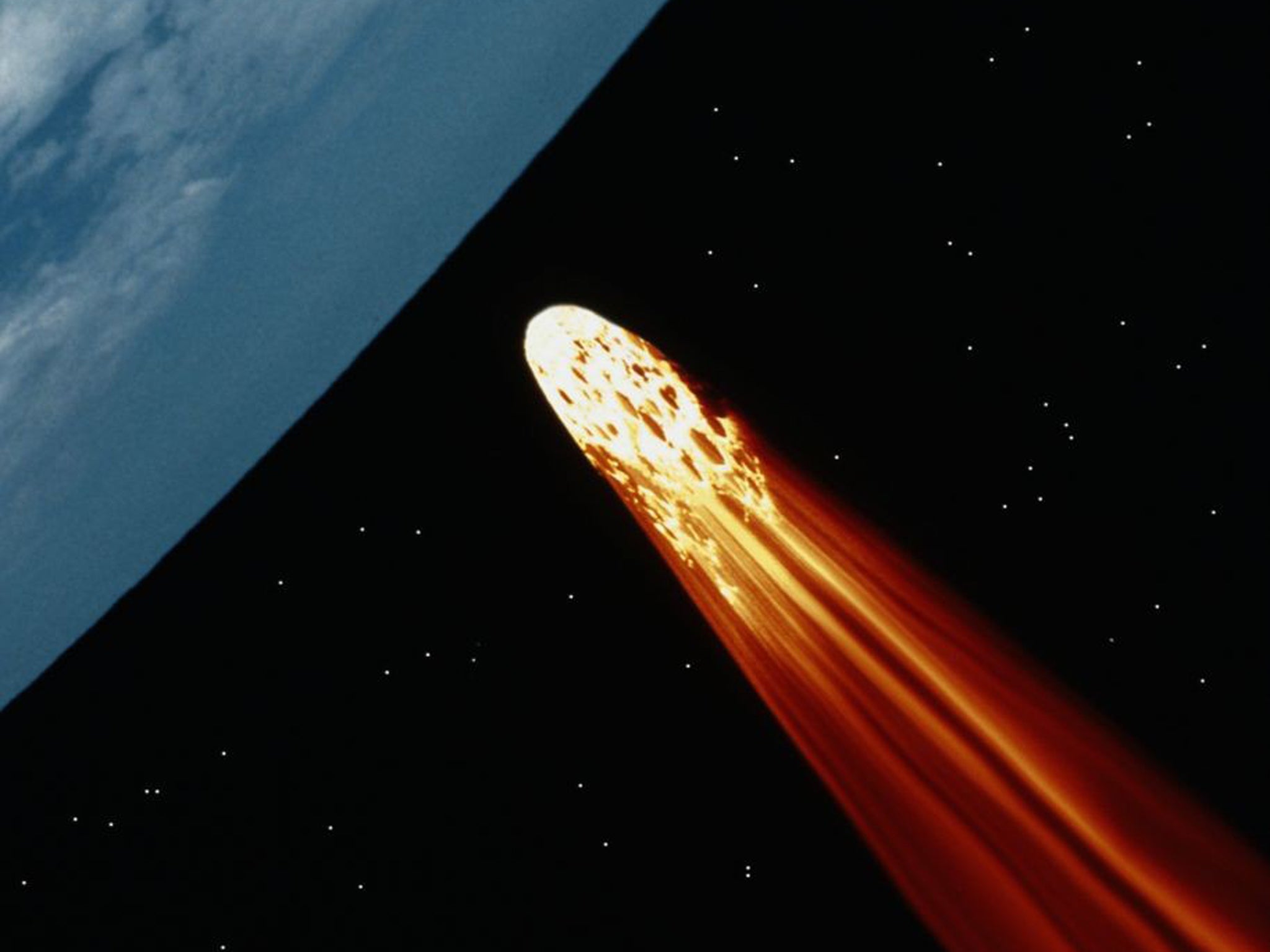'Close' encounters of the asteroid kind: 130,000 ton asteroid to make closest ever fly-by of Earth
2012 DA14 asteroid pass within 32,000km of earth, inside the orbit of communication satellites

Your support helps us to tell the story
From reproductive rights to climate change to Big Tech, The Independent is on the ground when the story is developing. Whether it's investigating the financials of Elon Musk's pro-Trump PAC or producing our latest documentary, 'The A Word', which shines a light on the American women fighting for reproductive rights, we know how important it is to parse out the facts from the messaging.
At such a critical moment in US history, we need reporters on the ground. Your donation allows us to keep sending journalists to speak to both sides of the story.
The Independent is trusted by Americans across the entire political spectrum. And unlike many other quality news outlets, we choose not to lock Americans out of our reporting and analysis with paywalls. We believe quality journalism should be available to everyone, paid for by those who can afford it.
Your support makes all the difference.A chunk of space rock 50 metres wide, weighing 130,000 tonnes and travelling at 17,400mph is set to make its closest fly-by of earth ever later this month.
The snappily named 2012 DA14 will miss earth by a mere 17,200 miles when it passes the planet inside the orbit of many of our geosynchronous communication satellites.
Despite its relatively small size the rock would produce the equivalent of 2.5 megatons of TNT if it hit earth.
Although 2012 DA14 is no threat to the planet it is just one of 500,000 rocks circling the Earth.
The asteroid, which was discovered last year, is known as a Near-Earth Object because its orbit makes it a potential impact threat at some point.
Fortunately, it will not hit us this time or at any date in the predictable future.
Despite its size amateur astronomers using small telescopes and binoculars should be able to see the asteroid, as it races across the sky.
Last year, in December, a larger 5 km-wide asteroid called Toutatis sped by the earth at a distance of 7 million km and was imaged by Chaina's Chang'e 2 space probe and by radar by radio telescopes on Earth.
2012 DA14 will pass the earth on 15 February, its progress will be visible in a dark sky in regions stretching from Australia, through Asia to Europe.
According to Nasa the asteroid will travel quickly from the southern evening sky into the northern morning sky, with its closest Earth approach occurring about 19:26 UTC.
Nasa says the best view for astronomers will be from Indonesia while stargazers in Eastern Europe, Asia and Australia able to get a good look at the asteroid.
Join our commenting forum
Join thought-provoking conversations, follow other Independent readers and see their replies
Comments